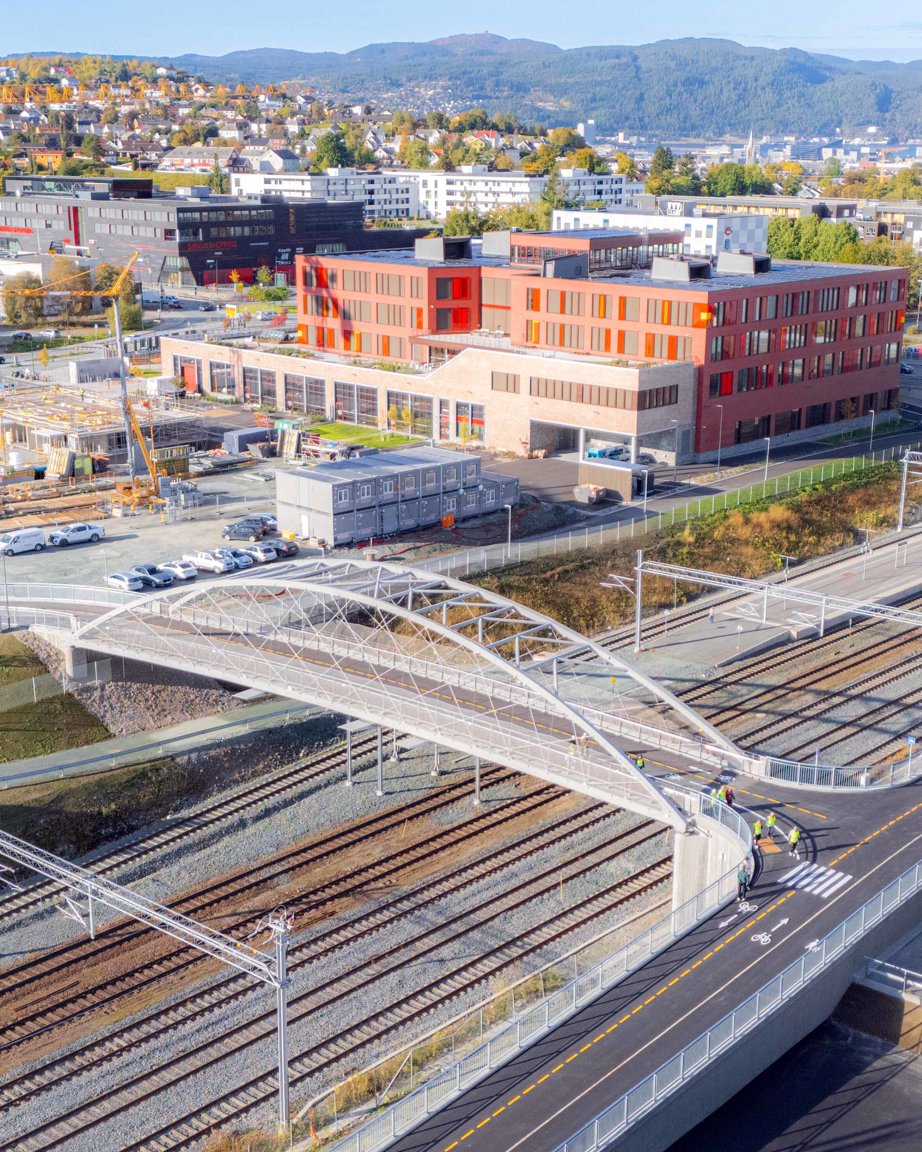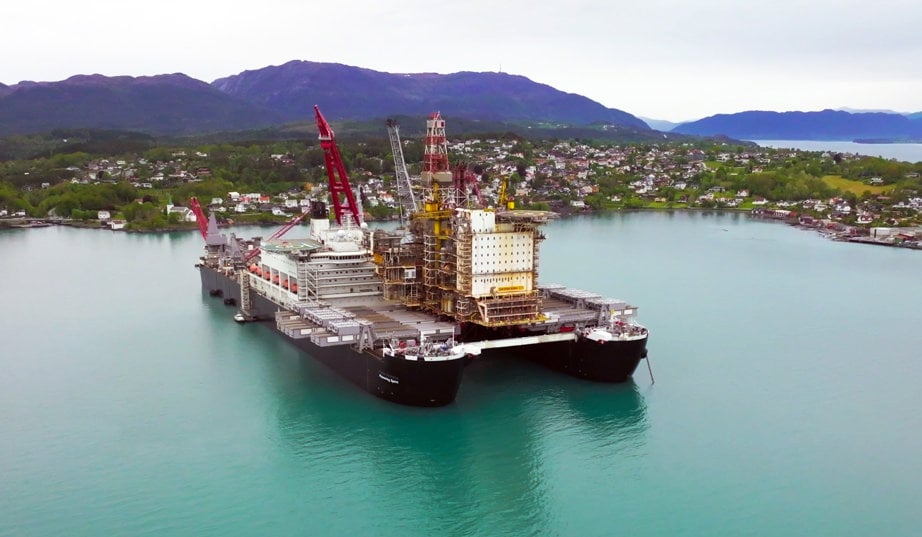Hangarbrua is a pedestrian and cycle bridge that spans the railway at Leangen Station in Trondheim. It is a network arch bridge constructed entirely from aluminium, some 55 meters long and 9 meters wide, with a bridge deck composed of 100% recycled aluminium sourced from the decommissioned North Sea oil platform Gyda.
It is Norway’s first aluminium bridge in 30 years – and one of the most fascinating projects in my career.
A collaboration that fosters innovation
The Hangarbrua initiative brought together stakeholders from multiple disciplines: civil engineering contractors, metallurgical industry partners – specifically aluminium producers – academic research institutions, and multidisciplinary consultants. Such a collaborative environment fosters innovation, with all parties highly engaged in exploring integrated solutions. Implementing new aluminium technology became a natural choice.
Following a feasibility and concept evaluation phase, we determined that utilizing aluminium as the primary structural material would significantly mitigate both the financial and operational risks of the project. We selected aluminium based on its favorable strength-to-weight ratio, corrosion resistance, and the existing expertise among our partners in aluminium structural applications.

The bridge design concept based on aluminium offered several engineering advantages:
- Simplified foundation design due to reduced dead load compared to steel, enabling lighter substructure requirements and minimizing geotechnical interventions
- Lower lifecycle costs, attributed to aluminium’s inherent corrosion resistance and minimal maintenance needs
- Reduced construction risk, particularly in complex environments with limited access and operational constraints
This last point was key, because the bridge spans six active railway tracks, necessitating a solution with minimal disruption to existing railway infrastructure and train operations. Aluminium’s low maintenance profile and modular construction potential make it ideal for such constrained environments, both during construction and throughout the structure’s service life.
With Hangarbrua, the concept of lifting the aluminium bridge into place as a single prefabricated unit significantly reduced the risk to railway operations. The lifting operation for the bridge was completed in just 55 minutes.
More post-consumer aluminium in bridges
I would say that Hangarbrua did not face challenges beyond what is considered standard in complex urban transport infrastructure projects. Honestly, the primary technical constraint was in securing sufficient volumes of post-consumer recycled aluminium to meet our carbon reduction targets.

I don’t feel the project presented any negative surprises, either. On the contrary, one positive and unexpected outcome was the remarkably low carbon footprint that we achieved through the reuse of aluminium. The structural components were fabricated in Norway at Stord and then transported by sea to Trondheim, and the elements proved to be surprisingly easy to handle logistically.
Looking ahead, and based in part on my experience with project, I believe there is clear potential for increased use of aluminium in bridges. However, it is important to continue to be able to lower the carbon footprint of the materials we use for bridges and other public infrastructure, and today, the availability of recycled post-consumer aluminium is a challenge.





